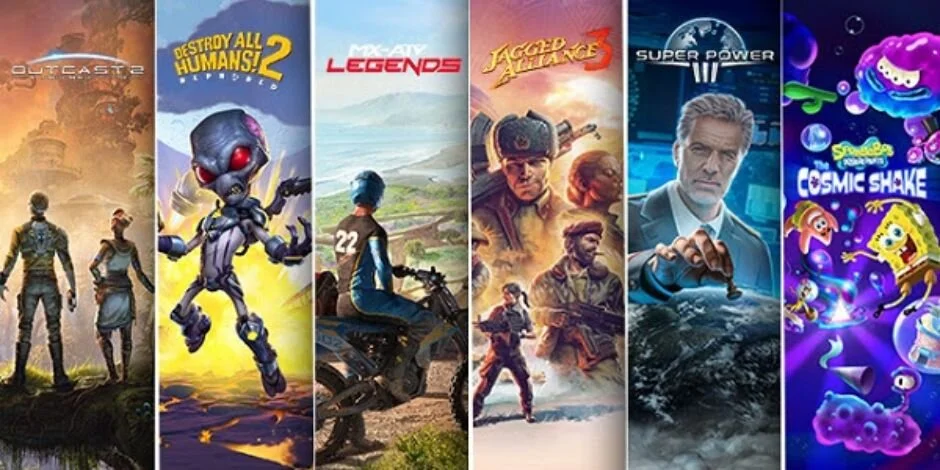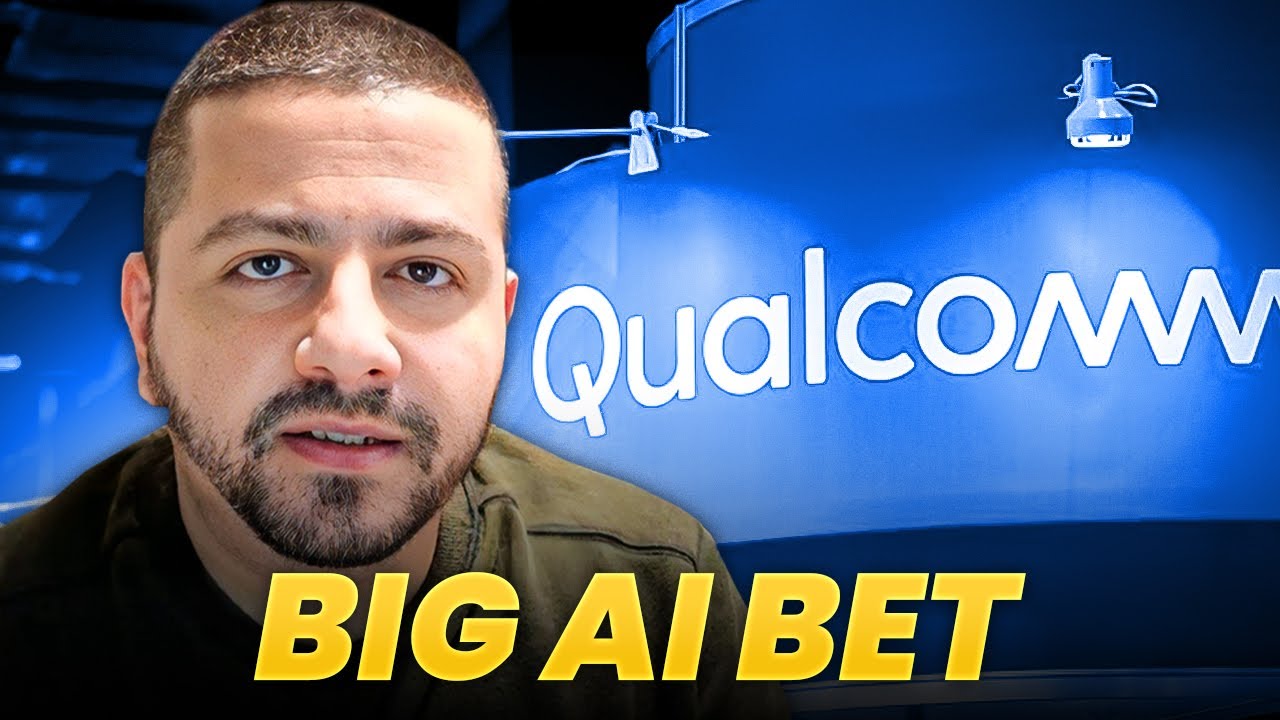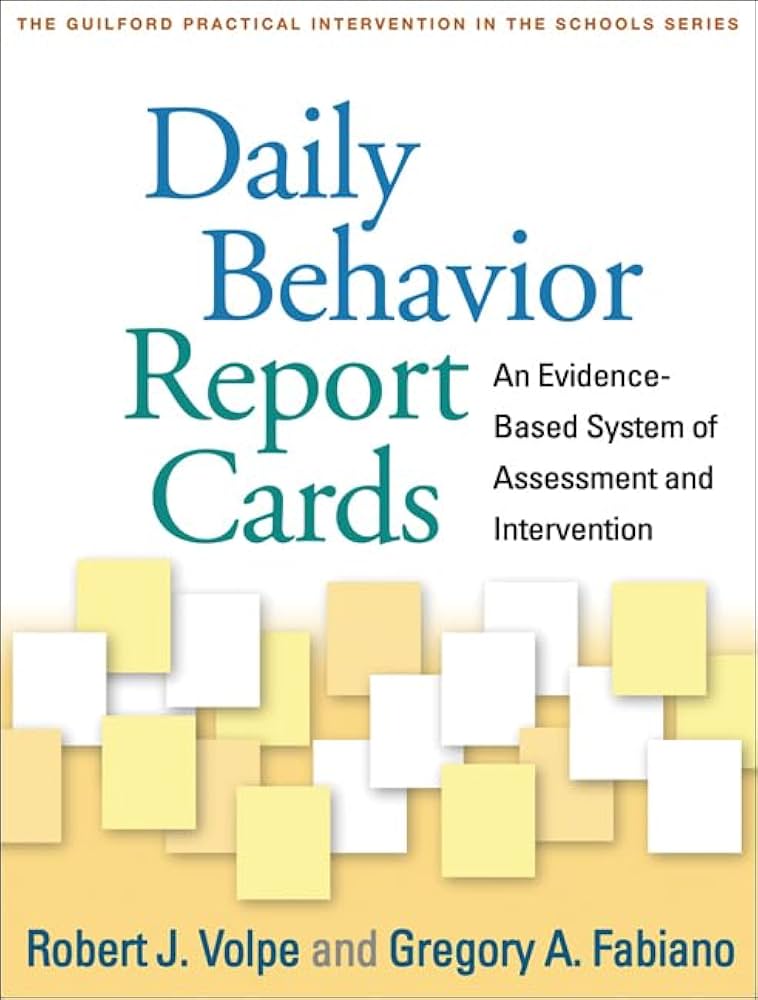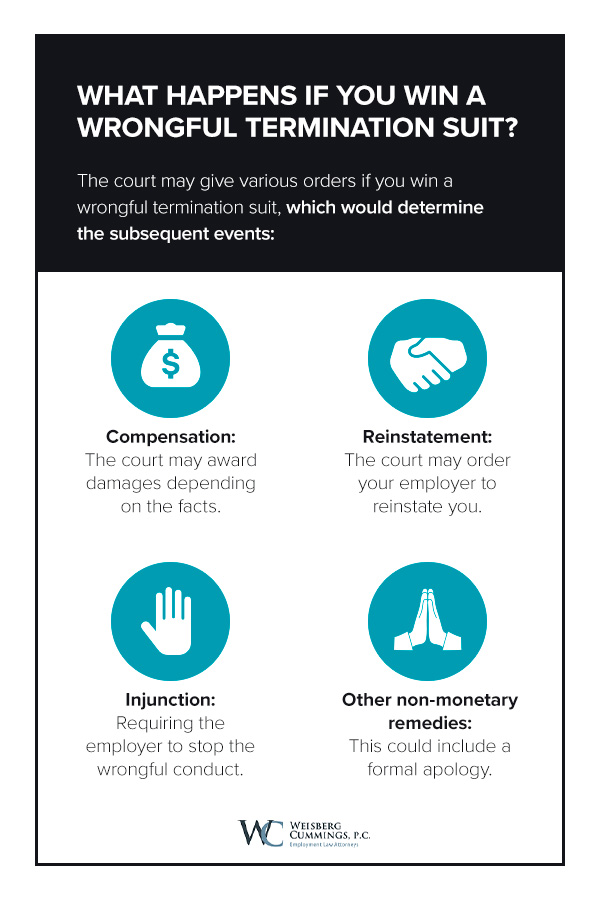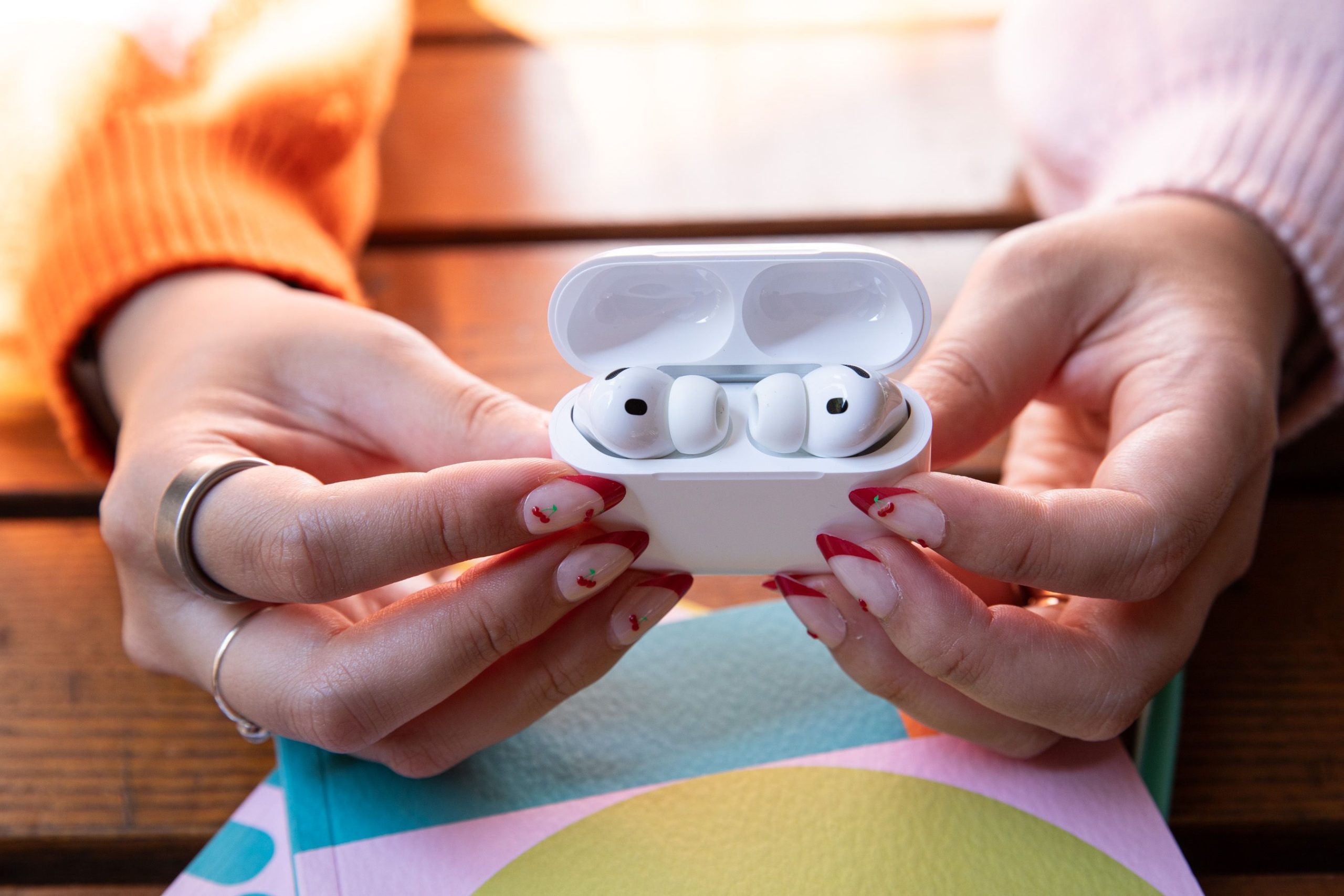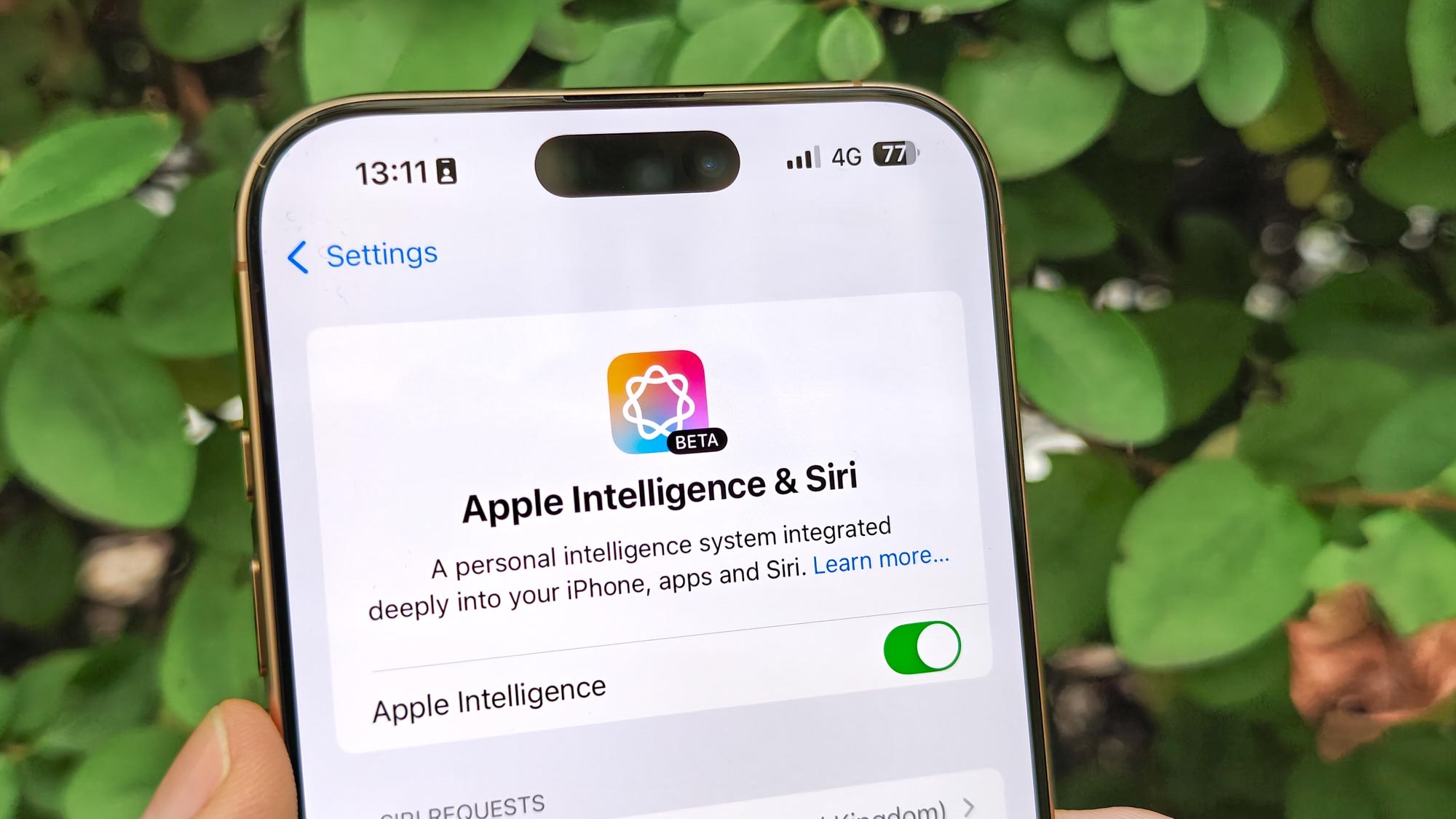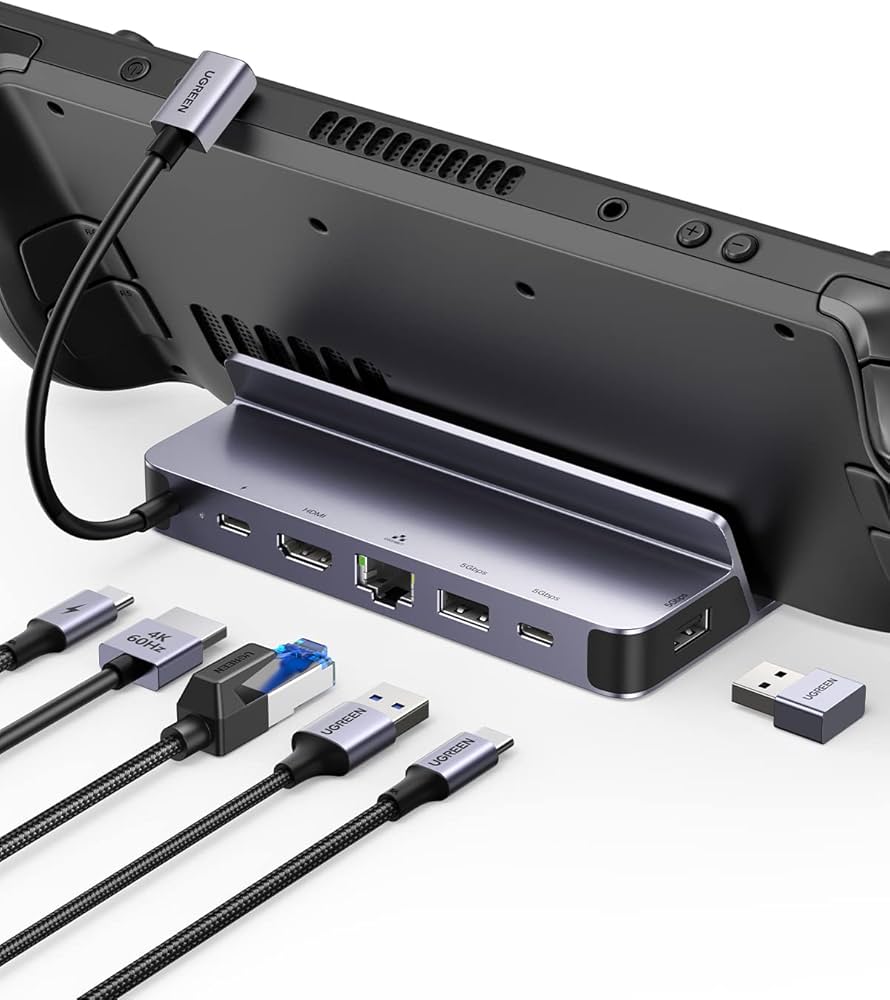Nintendo Store App Launched Worldwide, Showcasing Games, Consoles, Merchandise, and Additional Offerings
After several years of exclusivity in Japan, the official Nintendo Store app is now accessible in various countries, including the US. Here’s what you can accomplish with it.
## Purchase Switch games, merchandise, and more
In 2020, Nintendo introduced the “My Nintendo” app in Japan, enabling iOS and Android users to view content, such as Nintendo Direct streams, and acquire software, hardware, and services.
Now, as reported by *The Verge*, the company is broadening the app’s reach under the Nintendo Store title, launching it in areas like Brazil, Canada, Mexico, the UK, the US, and much of Europe.
As per the app’s current description in the App Store, users can browse and buy consoles and accessories, in addition to digital games and merchandise. They can also check in at official Nintendo stores and events to collect rewards.
Nintendo mentions that hardware availability might differ by region and that users can log in with their Nintendo Accounts for a more customized experience, including access to their gaming activity.
Here’s Nintendo’s complete description of what users can look forward to doing in the app:
– **Shop at My Nintendo Store:** This app allows you to browse Nintendo Switch™ 2 / Nintendo Switch systems and accessories, both physical and digital games, as well as other Nintendo products and merchandise—and then head straight to My Nintendo™ Store to make purchases. Note: Physical products may not be offered in all countries/regions.
– **Get the newest updates on games:** Keep informed with the latest news regarding Nintendo games, events, and additional content!
– **Receive alerts about sales:** Enable push notifications for when items on your Wish List are on sale.
– **Review your gaming activity:** Log in with your Nintendo Account to check your Nintendo Switch 2 / Nintendo Switch gaming activity. If you owned a Nintendo 3DS™ or Wii U™ system, you can see your gaming activity recorded before February 2020. Note: To access your Nintendo 3DS and Wii U gaming activity, you must link your Nintendo Network ID (NNID) to your Nintendo Account.
– **Check in at events:** Utilize the app to check in at official Nintendo stores and events and earn related rewards! Your check-in activity will also be available within the app.
The Nintendo Store app is available for iPhone and iPad.
Read More